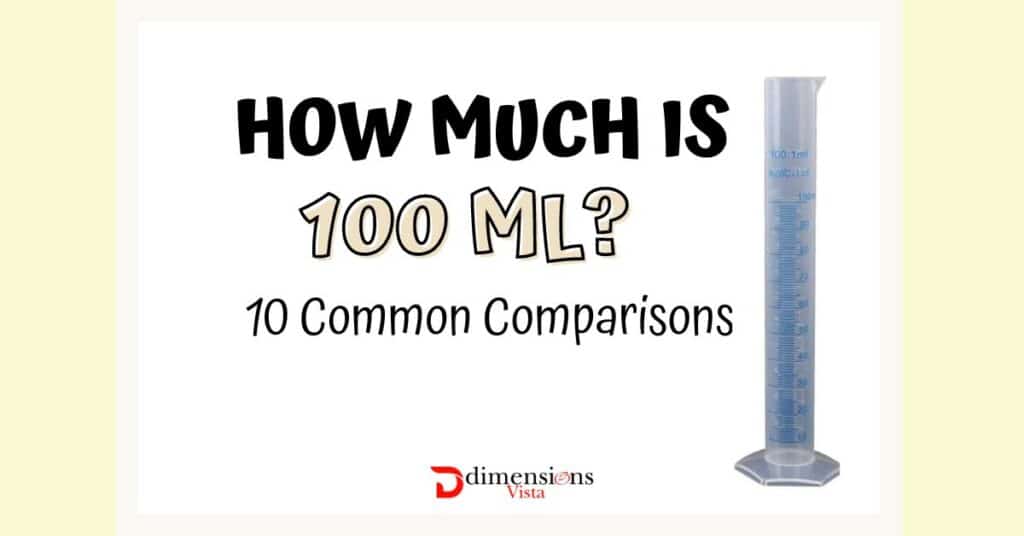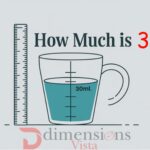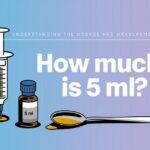Have you ever wondered about the true measure of 100 ml? This small volume is surprisingly significant in our daily lives. From the kitchen to the laboratory,100 ml is equivalent to half a cup, 7 tablespoons, or about 3.4 fluid ounces, commonly used for measuring liquids like water, milk, or personal care products.
Let’s explore how this amount compares to everyday items and why it’s important.
The Surprising Significance of 100 milliliters
The metric system, which gives us the milliliter, has an intriguing history. Adopted in France in 1795, it’s now used by over 95% of the world’s population. But why is the measurement of 100 ml so significant?
This small fraction of a liter, 100 ml, is more than just a scientific measurement. It’s crucial for precision in cooking, healthcare, and even travel regulations. Understanding 100 ml can help you:
- Cook with greater accuracy, ensuring recipes calling for 100 ml yield the desired results.
- Take medications safely, as many liquid medications are dosed in 100 ml increments.
- Pack liquids for air travel efficiently, as regulations often limit containers to 100 ml.
- Manage portion sizes for better health
Grasping the importance of 100 ml in everyday life allows for better management of portion sizes, improved cooking techniques, and adherence to safety standards in healthcare and travel.
How Much Is 100 mL in Grams?
When converting 100 ml to grams, the density of the liquid is essential. For instance, 100 ml of water equals 100 grams because water has a density of 1 gram per milliliter. However, different liquids have varying densities, which affects their weight. Here’s a quick reference table to illustrate the conversions for some common liquids:
| Liquid | Density (g/ml) | 100 ml (grams) |
|---|---|---|
| Water | 1.0 | 100 grams |
| Olive Oil | 0.92 | 92 grams |
| Honey | 1.4 | 140 grams |
| Milk | 1.03 | 103 grams |
| Vinegar | 1.01 | 101 grams |
Understanding these conversions is crucial for accurate cooking, baking, and measuring in various applications, ensuring that you achieve the desired results in your recipes or experiments.
Let’s delve deeper into why this seemingly small volume is so crucial in our everyday lives.
Visualizing 100 ML: More Than Just a Number
Before we explore specific comparisons, let’s try to grasp what this volume looks like. Imagine holding a container that fits comfortably in your palm. It’s not tiny, but it’s certainly not large either. This visual comparison can help you estimate the amount in various situations, like understanding how 100 ml in cups looks in everyday use.
Here’s a quick reference table to help you visualize it in different containers:
| Container Type | Approximate Percentage Filled |
|---|---|
| Standard glass | 40-50% |
| Coffee cup | 33-40% |
| Shot glass | 200% (2 full glasses) |
| Tea cup | 60-70% |
You may also read: What Are The Dimensions of a Pringles Can?
This breakdown provides a clear visualization of how to measure 100 ml using common kitchen tools!
The Caffeine Kick: in Your Morning Brew
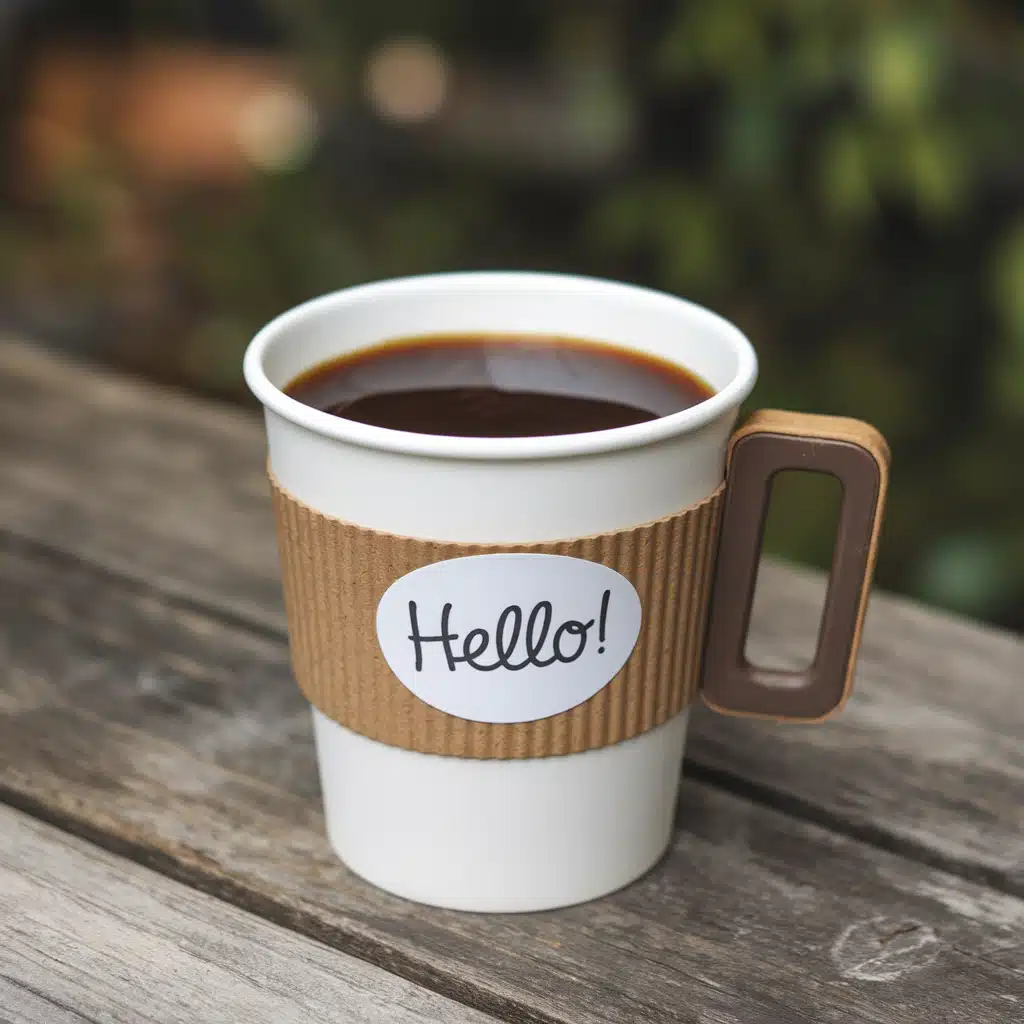
Your daily coffee ritual involves more math than you might realize! A standard glass of espresso is typically 30 ml, meaning our volume of interest is equivalent to about 3.3 shots. For drip coffee lovers, a standard cup in the US is about 240 ml, so it’s a little less than half of your regular morning joe.
Fun fact: The world’s most expensive coffee, Black Ivory Coffee, costs about $50 per cup. At that price, this small amount would set you back around $20!
Knowing that it’s less than half a standard coffee cup can help you manage your caffeine intake more effectively, especially if you’re monitoring your health.
Hydration Helper: 100 ML vs. Daily Water Intake

Staying hydrated is crucial, but how does 100 ml compare to our daily needs? The general recommendation is to drink about 2-3 liters of water per day. That means our measurement of 100 ml is roughly a small fraction of that total, highlighting the importance of consuming multiple servings throughout the day.
- 1/20 to 1/30 of your daily water intake
- Equal to about 6-7 big gulps
- The amount you might drink after a short workout
Pro tip: Keep a reusable water bottle marked with increments matching our volume of interest. This makes it easy to track your hydration throughout the day!
Understanding this amount in terms of hydration can help you:
- Set realistic water-drinking goals
- Monitor your fluid intake more accurately
- Recognize when you might be dehydrated
Cooking Companion: 100 mL in the Kitchen

In the culinary world, this volume is a common measurement you’ll encounter. Here’s how it translates to other kitchen utensils:
- Tablespoons: About 6.5 tablespoons
- Teaspoons: Approximately 20 teaspoons
- Measuring jug: 1/10 of a standard 1-liter jug
Common recipes often call for this amount of an ingredient, such as:
- Pancake batter: This volume of milk for a small batch
- Salad dressing: The same amount of olive oil for a week’s worth
- Cocktails: Many recipes use it as a base measure for spirits
Cooking tip: If a recipe calls for this volume, and you don’t have a measuring jug handy, remember that it’s about 6.5 tablespoons. This can be a real time-saver in the kitchen!
You may also read: 10 Common Things That Are 4 Inches Long
Liquid Gold: 100 ML of Premium Spirits
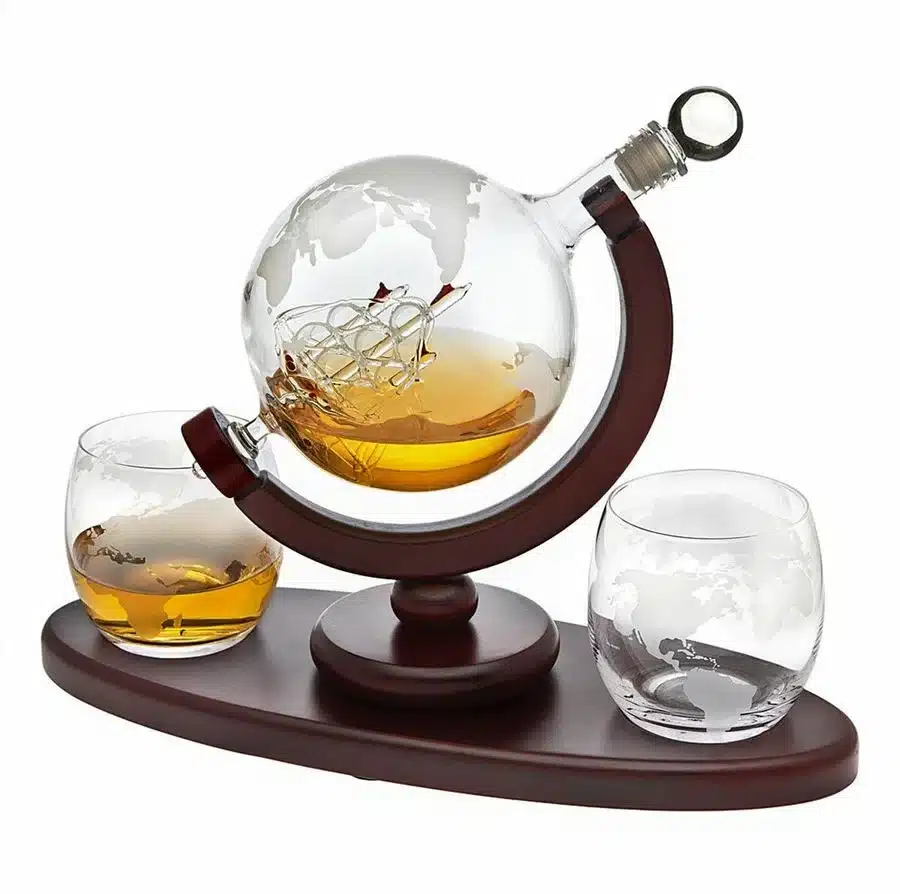
Speaking of spirits, our volume plays a significant role in the world of fine liquors. Most standard shot glasses hold about 44 ml, so it’s equivalent to about 2.25 shots. In bars and restaurants, a standard pour is often 50 ml, making our measurement a double serving.
Case study: The world’s most expensive whisky, The Macallan Fine and Rare 60-Year-Old 1926, sold for $1.9 million for a 750 ml bottle. That means our volume of this liquid gold would be worth approximately $253,333!
Understanding this amount in terms of spirits can help you:
- Pour more accurate drink measures at home
- Better understand alcohol serving sizes and their effects
- Appreciate the true value of premium liquors
Medicine Matters: 100 mL in Pharmaceuticals
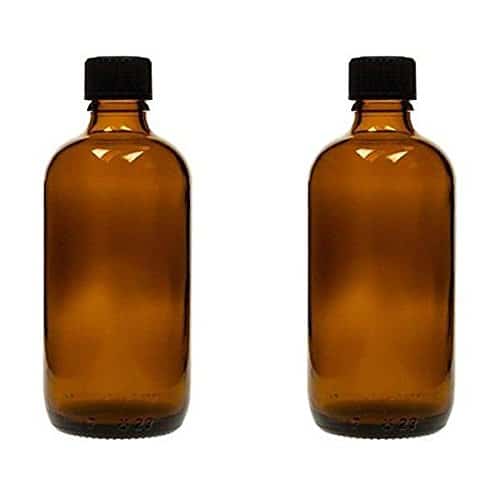
In healthcare, precision is key, and our volume is a crucial measurement. Many liquid medications come in bottles of this size, designed to provide multiple doses. For example:
- Children’s liquid painkillers often come in bottles of this volume
- Some cough syrups provide this amount as a full course of treatment
- Liquid antibiotics may be dispensed in these volumes for a complete regimen
Important: Always use the provided measuring device or a proper medicine bottle with marked increments when taking liquid medication. Kitchen spoons are not accurate enough for doses!
Understanding this volume in medication can:
- Help you administer the correct dose
- Assist in tracking how much medication you’ve taken
- Aid in planning when you might need a refill
Beauty in a Bottle: 100 ML in Cosmetics
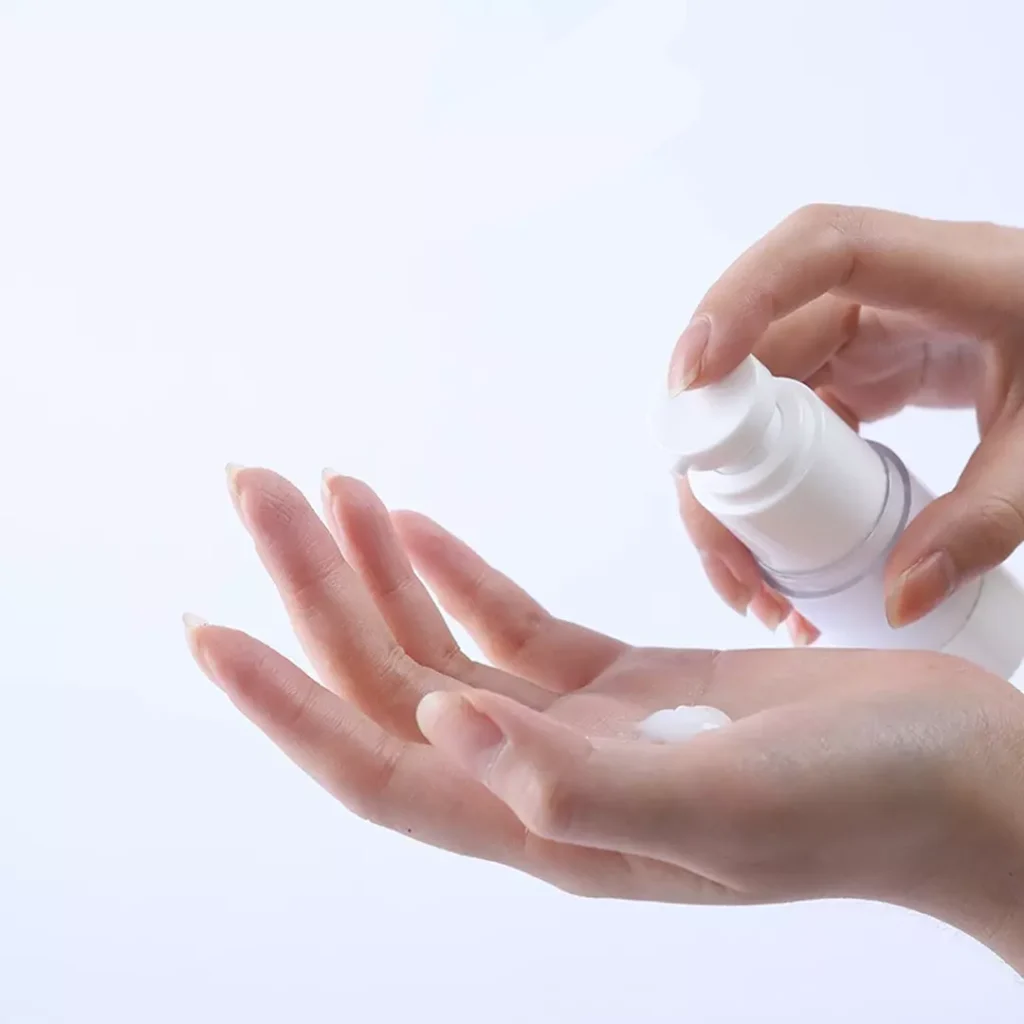
The beauty industry loves containers of this size. It’s perfect for:
- Travel-sized products that comply with TSA regulations
- Trial sizes of luxury skincare items
- Standard perfume bottles
Here’s a cost comparison of our volume in different beauty products:
| Product Type | Budget Brand | Luxury Brand |
|---|---|---|
| Moisturizer | $5-$10 | $50-$200 |
| Shampoo | $3-$7 | $20-$50 |
| Perfume | $10-$30 | $100-$300 |
Knowing about this volume in cosmetics can help you:
- Pack efficiently for travel
- Compare product values more effectively
- Understand how long a product might last
Fuel for Thought: 100 mL of Gasoline
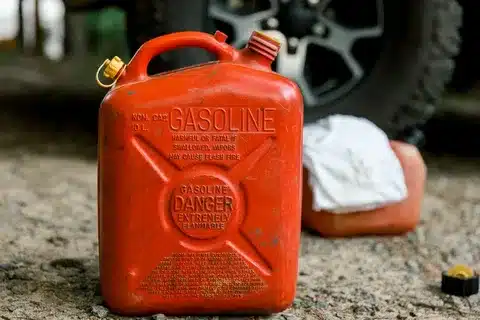
While 100 ml of fuel might seem insignificant, it can still take you places! On average, a typical car can travel about 1-1.5 km on just 100 ml of gasoline. That’s enough to:
- Circle a standard running track 2.5 times
- Drive the length of 10 football fields
- Make a quick trip to your local grocery store
The environmental impact of burning 100 ml of gasoline is notable, producing about 233 grams of CO2. To offset this amount, you’d need to plant and grow a tree for about 3 days!
Understanding 100 ml of fuel can help you:
- Appreciate the energy density of gasoline, as 100 ml can power your vehicle a surprising distance.
- Better estimate your vehicle’s fuel efficiency by relating it to how far 100 ml will take you.
- Understand the environmental impact of using 100 ml of fuel, even in small amounts, and how it contributes to larger ecological concerns.
You may also read: 8 Things That Are 500 Feet Long or Big
Nature’s Nectar: 100 ML in the Plant World

In the realm of botany, our volume can make a big difference. Here’s how it relates to plant care:
- Many small houseplants need about this much water per week
- This amount of water can keep a cut flower fresh for an extra day
- It takes about 40 liters of raw sap to produce 1 liter of maple syrup, so our volume of syrup represents 4 liters of sap!
Gardening tip: Use a container of this size to measure out liquid fertilizer for precise plant feeding.
Understanding this volume in plant care can help you:
- Water your plants more accurately
- Use fertilizers more effectively
- Appreciate the concentration process in natural products like maple syrup
Pocket-Sized Portion: 100 mL as a Snack

When it comes to nutrition, our volume can be a handy measure for portion control. Here’s what it looks like for various foods:
- Yogurt cup: A single-serving container is often this size or slightly larger
- Ice cream: About two small scoops
- Soup: A small appetizer portion
Nutritional comparison of portions of this size:
| Food Item | Calories | Protein (g) | Fat (g) | Carbs (g) |
|---|---|---|---|---|
| Whole milk | 64 | 3.2 | 3.6 | 4.8 |
| Greek yogurt | 59 | 10 | 0.4 | 3.6 |
| Orange juice | 45 | 0.7 | 0.2 | 10.4 |
Understanding this volume in food portions can help you:
- Control your calorie intake more effectively
- Compare nutritional values of different foods
- Make more informed choices about snack sizes
Scientific Standard: 100 ML in the Lab
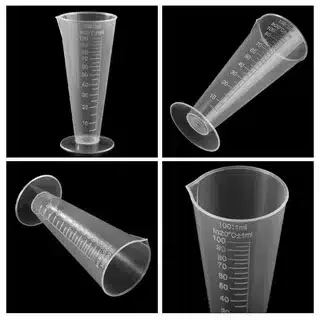
In scientific research, 100 ml is commonly used and often serves as the go-to size for:
- Standard solution preparations
- Bacterial culture growth media
- Chemical reaction vessels
Did you know? The most precise way to measure 100 ml in a lab is using a volumetric flask, which can be accurate to within 0.1 ml!
Understanding the significance of 100 ml in scientific contexts can help you:
- Appreciate the precision required in scientific experiments, as many protocols rely on exact measurements like 100 ml.
- Understand the scale of various chemical and biological processes that frequently involve 100 ml as a standard volume.
- Recognize the importance of standardized measurements in research, ensuring consistency and accuracy in findings.
You may also read: 10 Common Things That Are 15 Centimeters Long
Beyond the Basics: Surprising Facts
Now that we’ve explored common comparisons, let’s look at some surprising facts about our volume of interest:
- In space, this amount of water forms a perfect sphere due to zero gravity.
- At the bottom of the Mariana Trench, this volume of air would be compressed to just 0.5 ml.
- The human body produces about this much tears per year.
- A hummingbird drinks up to this volume of nectar per day—nearly twice its body weight!
These facts highlight how the same volume can behave differently under various conditions, showcasing the versatility and importance of understanding such measurements.
Practical Applications:
Understanding 100 ml can be incredibly useful. Here are some practical tips:
- Use a standard glass filled to about 40% as a quick estimate of 100 ml.
- Mark increments of 100 ml on your water bottle for easy tracking.
- Keep a measuring jug of this size in your kitchen for precise cooking.
- DIY measurer: Fill an empty 500 ml water bottle with 400 ml of water. The remaining space is your volume of interest—100 ml!
By mastering this measurement, you can:
- Improve your cooking precision with recipes that require 100 ml.
- Manage medications more safely, ensuring accurate dosing.
- Control portion sizes more effectively, promoting healthier eating habits.
- Pack liquids for air travel without hassle, staying within regulations for 100 ml containers.
The Future of Measurement:
Will 100 milliliters Always Matter?
AAs technology advances, our relationship with measurements like 100 ml may change. Some emerging trends include:
- Smart kitchen scales that measure volume, including 100 ml, as well as weight.
- Augmented reality apps that visually overlay measurements, such as 100 ml, onto real-world objects.
- Microfluidic devices that can precisely manipulate tiny volumes of liquids, including measurements as small as 100 ml.
However, the fundamental importance of understanding common measurements like 100 ml is unlikely to diminish. It remains a crucial part of our daily lives, bridging the gap between precise science and everyday estimation, ensuring that we can navigate cooking, healthcare, and various practical applications with confidence.
Conclusion:
From kitchen to lab, 100 ml plays a big role in our lives. This knowledge empowers you to cook, medicate, and consume more precisely, whether you’re measuring ingredients or administering medicine. As we continue to embrace technology, the importance of understanding measurements like 100 ml remains vital. By mastering this small volume, we can make informed choices that enhance our well-being and appreciation for the world around us. Remember, good things often come in small packages—or, in this case, volumes of 100 ml!
You may also read: 12 Everyday Items That Are 5 Meters Long/Big

James Halston sounds like a fascinating writer! His dedication to making complex measurement concepts accessible is really valuable, especially in a world where understanding size and capacity can enhance our everyday experiences. It’s great that he combines his passion for writing with DIY projects and travel—those interests likely provide him with plenty of inspiration for his articles. What specific topics or projects has he tackled recently?

